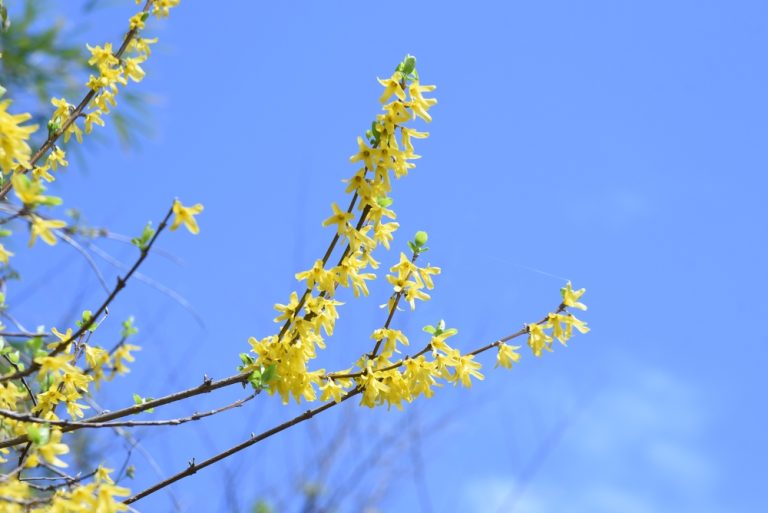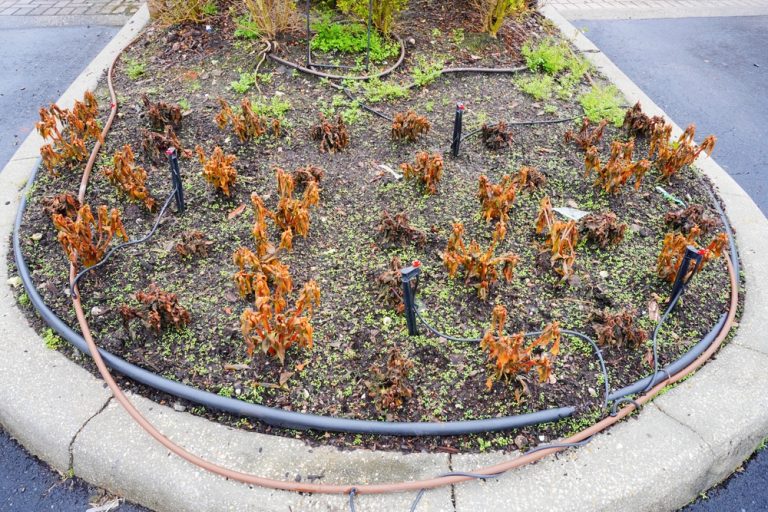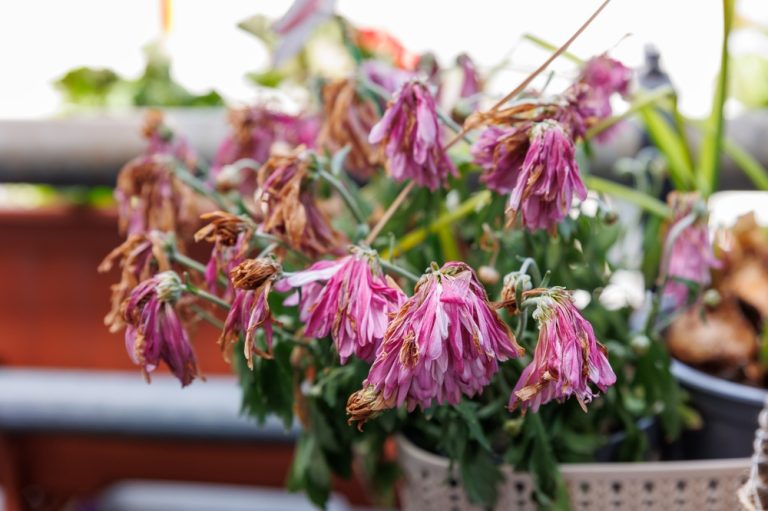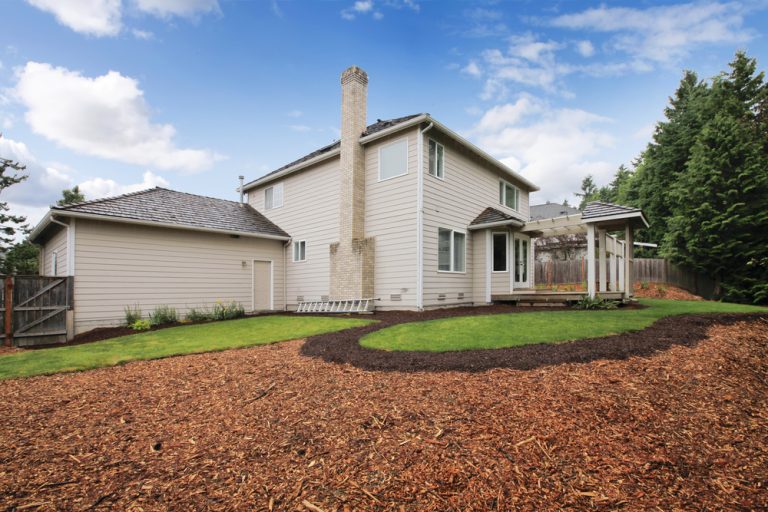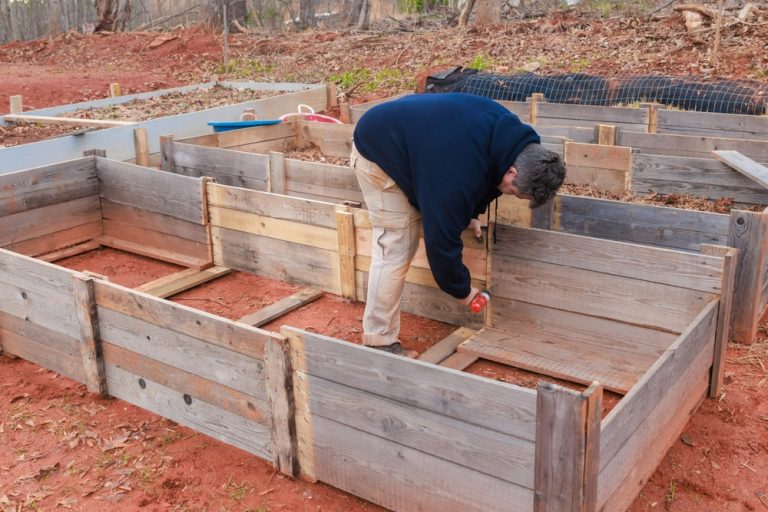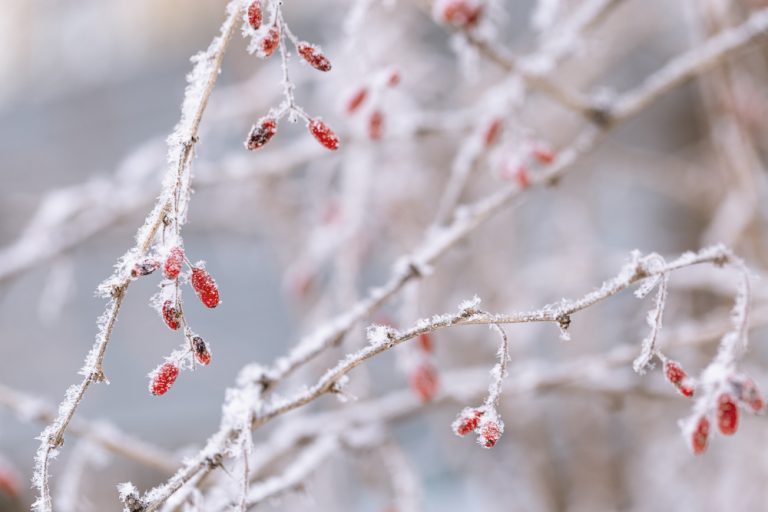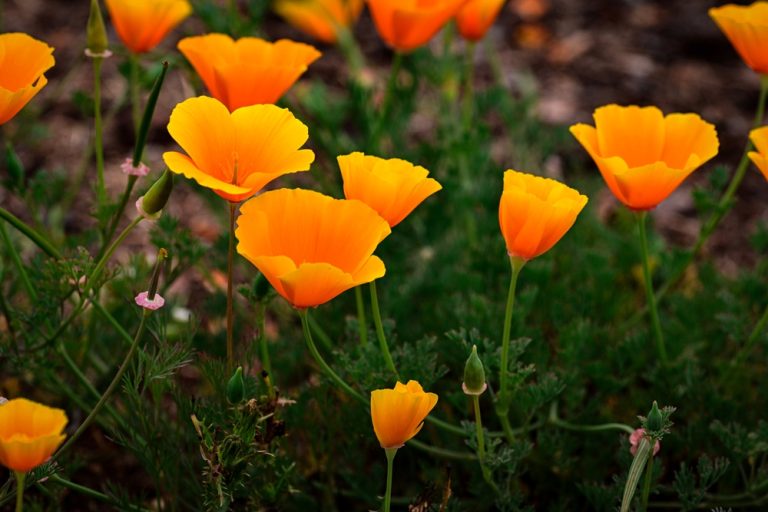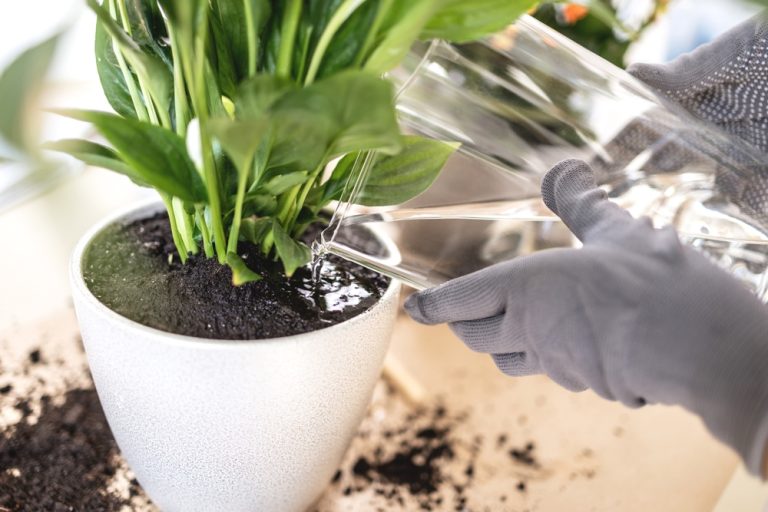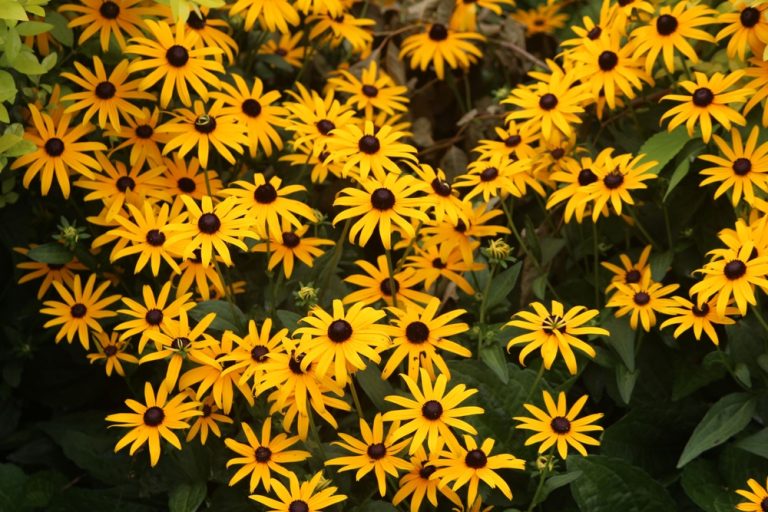Winter’s chill has settled in, and many gardeners grab their shears thinking, “Time to tame the garden!” But hold up—January pruning isn’t always your friend. Some plants are still in their dormancy, quietly conserving energy for the explosive growth of spring. Cutting them now could shock them, stunt their growth, or even invite disease. Gardening…
garden tips
7 Mulch Moves That Prevent Freeze Damage to Roots
Winter can feel like a sly, shifty villain for your garden, creeping in with frost and icy winds ready to damage the roots that keep your plants alive. But you don’t have to sit idly by and watch your beloved greenery shiver through the cold. With the right mulch moves, you can turn your garden…
9 Winter Garden Problems You Can Fix in 20 Minutes
Winter gardens are magical, cozy spaces that let you enjoy the outdoors without braving the cold. But even the most charming winter garden has its quirks—drips, drafts, and drooping plants can turn your little paradise into a source of frustration. Luckily, many of these problems are quick fixes that take less time than a cup…
Is Mulching Early a Smart Money-Saving Move?
Spring has barely cleared its throat, the soil is still cool, and yet the garden center parking lot is already packed. Bags of mulch are stacked like treasure chests, and homeowners are eyeing them the way bargain hunters eye a clearance rack. The question crackling in the air is simple but powerful: should you mulch…
8 Ways to Prepare Garden Beds Without Buying New Soil
The moment spring whispers your name, the garden answers back with a to-do list that feels both thrilling and mildly intimidating. Beds need help, plants are waiting, and the soil you already have is staring up at you like, “Well? What’s the plan?” Before you rush to the store and wrestle bags of soil into…
Why January Is Ideal for Planning Companion Planting
January doesn’t just slowly start off a new year. No, it flips a switch in a gardener’s brain and changes everything. Outside, the beds may be frozen or soggy, but inside, ideas are buzzing like seeds waiting for warmth. This is the month when optimism is high, distractions are low, and your garden dreams finally…
6 Flowers That Bloom Reliably Even in Poor Soil
Rock-hard dirt. Patchy grass. A garden bed that looks like it lost a long-term argument with nature. If this sounds familiar, don’t worry—you’re not doomed to a yard of bare earth and broken dreams. Some flowers absolutely thrive on neglect, laugh at lousy soil, and bloom their hearts out anyway. These are the botanical rebels…
5 Air Purifying Plants To Buy This Year
Your home deserves more than just good lighting and cozy furniture—it deserves better air. Every breath you take indoors carries tiny particles you can’t see, from dust to fumes to everyday pollutants. Now here’s the exciting part: nature already designed a stylish solution. Air-purifying plants don’t just sit there looking pretty; they actively help clean…
7 Perennials That Multiply Without Extra Care
Gardening can feel like a delicate dance of watering, weeding, fertilizing, and praying for the sun to shine just right. But imagine stepping into your garden and finding plants thriving on their own, spreading joy and color without you lifting a finger. Certain perennials are the masters of self-proliferation, turning your backyard into a vibrant,…
6 Gorgeous Flowers You Can Grow In Winter
Winter doesn’t have to be a gray, lifeless season. In fact, it can be a riot of color, fragrance, and life if you know which flowers to plant. While many gardeners pack up their tools and wait for spring, adventurous green thumbs embrace the chill and transform their gardens into winter wonderlands of blooms. Imagine…
